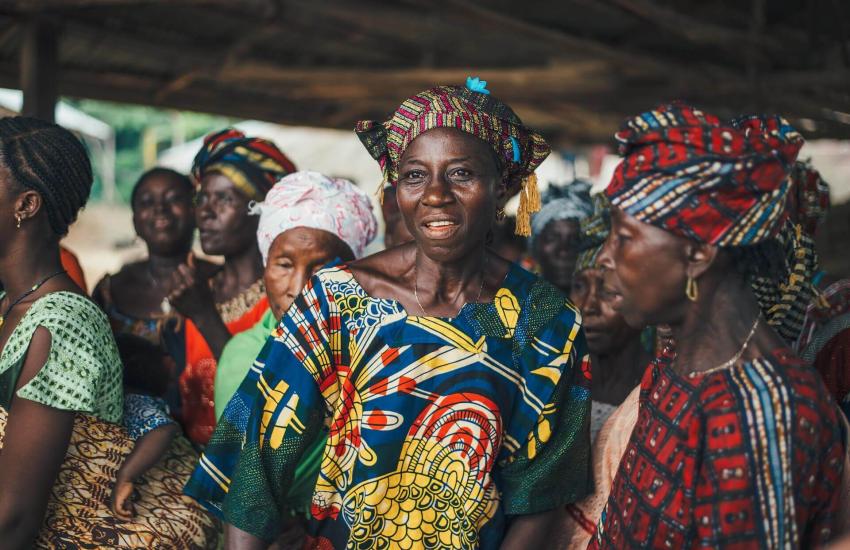Breadcrumb
-
Guidebook
-
Animals & wildlife
-
Fostering Collaboration: How Wildlife Conservation Organizations Work with Local Communities
Fostering Collaboration: How Wildlife Conservation Organizations Work with Local Communities

Collaboration between local communities and wildlife conservation organizations has several advantages. It encourages a sense of shared accountability and ownership over conservation projects, resulting in sustainability over the long run. Collaboration fosters a constructive relationship by fostering mutual understanding and trust between organizations and communities. Conservation projects are also more likely to be culturally suitable, socially acceptable, and long-term successes when local communities are involved.
Community Engagement and Participation
Wildlife conservation organizations actively engage with community members to understand their perspectives, concerns, and traditional knowledge. Through open dialogues, meetings, and participatory workshops, organizations ensure that community voices are heard and considered in decision-making processes. By empowering local communities as active participants, conservation organizations create a sense of ownership and promote sustainable practices from within.
Sustainable Livelihood Initiatives
These initiatives aim to provide alternative income sources that are compatible with conservation objectives. For example, organizations may support ecotourism ventures, handicraft production, sustainable agriculture, or training programs that promote sustainable resource management. By providing economic incentives, conservation organizations reduce the reliance on activities that harm wildlife and habitats, fostering a win-win situation for both communities and conservation.
Environmental Education and Awareness
Through educational programs, workshops, and outreach initiatives, conservation organizations educate the public about the importance of wildlife conservation. Organizations foster a sense of pride and care among community members by emphasizing wildlife's ecological, economic, and cultural value. Individuals are empowered by environmental education to make informed decisions and take activities that benefit both their communities and the natural environment.
Conflict Resolution and Human-Wildlife Coexistence
Conflict between humans and wildlife is a major problem in many places where they cohabit. To identify solutions that minimize conflicts while assuring the protection of wildlife, conservation organizations collaborate closely with regional communities. This could entail putting policies in place like building enclosures that are impervious to predators, educating people about non-lethal deterrents, or putting early warning systems in place. Organizations promote better coexistence and lessen unfavorable attitudes toward wildlife by tackling human-wildlife conflicts.
Capacity Building and Skill Development
Wildlife conservation organizations provide training programs on sustainable resource management, wildlife monitoring techniques, habitat restoration, and conservation-related enterprises. By equipping community members with valuable skills, organizations empower them to actively contribute to conservation efforts, creating a sense of pride and ownership over their natural resources.
Collaboration and Partnerships
To ensure that conservation efforts are in line with community interests and preserve cultural traditions, conservation organizations form relationships with local leaders, organizations, and indigenous groups. Through mutual utilization of resources, local knowledge, and expertise, organizations and communities can work together to accomplish shared conservation objectives.
Successful and long-term conservation depends on cooperation between locals and wildlife conservation organizations. Organizations establish a cooperative framework that benefits both wildlife and nearby communities through interacting with communities, advancing sustainable livelihoods, offering environmental education, resolving issues, creating capacity, and fostering partnerships.

